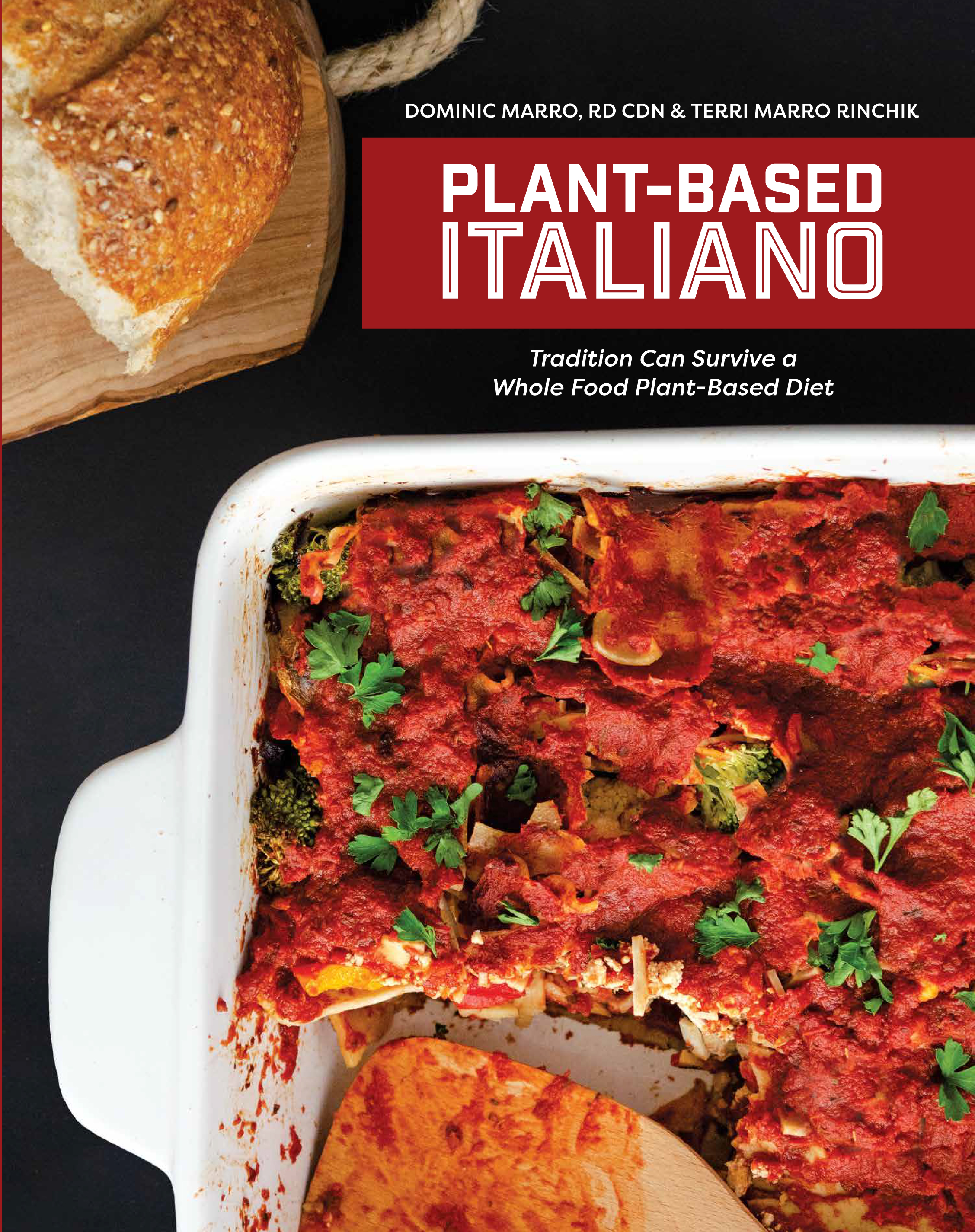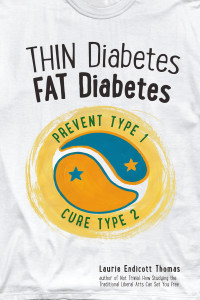Pamela A. Popper, PhD, N.D recently reviewed The Impossible Burger and although she doesn’t provide a ringing endorsement, she believes the product is a step in the right direction. Those of you who have read an earlier article I wrote about Vivera Burgers will probably not be surprised that I disagree with her. (respectfully of course, but disagree nonetheless)
In her review, Dr. Popper correctly explains that The Impossible Burger is not marketed to plant-based eaters, but to meat lovers who want to cut down on meat. She thinks that meat lovers who like the burger will be willing to try other plant-based food options in the future. My concern is that they may only be interested in trying other plant-based junk food like this burger. I do agree with Dr. Popper when she states that most people who follow a whole food plant based (WFPB) diet will not be harmed by eating the occasional Impossible Burger. But that doesn’t change the fact that the Impossible Burger is junk food.
Here are the ingredients of the Impossible Burger:
Water, Soy Protein Concentrate, Coconut Oil, Sunflower Oil, Natural Flavors, 2% or less of: Potato Protein, Methylcellulose, Yeast Extract, Cultured Dextrose, Food Starch Modified, Soy Leghemoglobin, Salt, Soy Protein Isolate, Mixed Tocopherols (Vitamin E), Zinc Gluconate, Thiamine Hydrochloride (Vitamin B1), Sodium Ascorbate (Vitamin C), Niacin, Pyridoxine Hydrochloride (Vitamin B6), Riboflavin (Vitamin B2), Vitamin B12.
Two more points mentioned in the article that are worth noting:
- The burger contains 2,350% of the RDA for Thiamin (see Note 1)
- Contains two genetically modified ingredients – soy protein and soy leghemoglobin) (see Note 2)
Note 1 –
The body excretes excess amounts of thiamin in the urine. Because of the lack of reports of adverse effects from high thiamin intakes (50 mg/day or more) from food or supplements, the Food and Nutrition Board (FNB) did not establish Upper Limits for thiamin. They hypothesize that the apparent lack of toxicity may be explained by the rapid decline in absorption of thiamin at intakes above 5 mg. However, the FNB noted that in spite of the lack of reported adverse events, excessive intakes of thiamin could have adverse effects.
Note 2 – From the Impossible Foods web site:
“To make heme: We take the DNA for soy leghomoglobin, insert it into yeast, and ferment the yeast. By making our heme using genetic engineering, we avoid growing and digging up soy plants to harvest heme (from the root nodules), which would promote erosion and release carbon stored in the soil. The method we’ve adopted enables us to produce heme sustainably at high volume and make meat from plants for millions of people — delicious, nutritious and vastly more sustainable than meat from animals.
We also source genetically engineered soy protein from farms in Iowa, Minnesota and Illinois that meet the highest standards for health, safety, and sustainability.”
Feel free to share your opinion in the comment section.






 E Excerpt from Laurie Endicott Thomas’s amazing book Thin Diabetes – Fat Diabetes by clicking here!
E Excerpt from Laurie Endicott Thomas’s amazing book Thin Diabetes – Fat Diabetes by clicking here!
Speak Your Mind